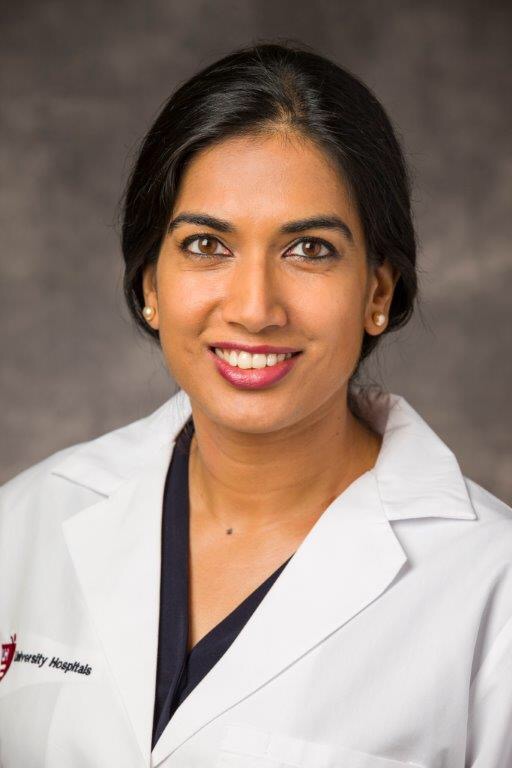Heart disease and women
- Saneka Chakravarty, MD, FACC
- Feb 3, 2023
- 2 min read
Updated: Jun 2, 2025

Championing representation is paramount. Even in the present day, a mere 10-15% of cardiologists in the United States are women. Yet, there's a glimmer of hope as 18% of budding cardiologists in training are women, and the count of women physicians is steadily on the rise.
The notion that heart disease solely afflicts men has long pervaded our understanding. Yet, the stark reality resounds—heart disease claims more women's lives than the combined toll of all cancer forms.
Consider this: 57.5% of stroke-related fatalities transpire amongst women, while 52% of high blood pressure deaths find their home within the realm of women's health.
Another misconception we aim to dispel is that heart issues only haunt elder women, if at all. The truth unravels before us: less than half of women entering pregnancy are blessed with robust heart health. A noteworthy 10-20% grapple with health concerns during pregnancy, encompassing high blood pressure, gestational diabetes, or preeclampsia.
Startlingly, heart disease emerges as the primary culprit (contributing to 33% of cases) in maternal deaths within the United States.
The impact of preeclampsia, a severe pregnancy-related complication, reverberates far beyond the moment—it heralds a fourfold surge in future heart failure instances and a twofold escalation in the risk of coronary heart disease, stroke, and heart-related mortality.
Delve deeper and discover that women with elevated blood pressure during pregnancy confront a twofold elevation in heart disease risk later in life, when juxtaposed with their normotensive counterparts. Similarly, gestational diabetes, although transient for some, ushers in an unsettling truth: 50% of these women will traverse the path to diabetes later in life.
Though the terrain seems challenging, a silver lining emerges, beckoning us to make a difference.
Herein lie our musings:
The canvas of heart disease prevention warrants a fresh stroke: initiate screening and counseling at an early juncture, ideally in the 20s or even sooner.
For women who navigate the tumultuous waters of high blood pressure, diabetes, or preeclampsia during pregnancy, vigilant follow-up becomes non-negotiable both during and after childbirth, paving the way for effective prevention.
A clarion call resonates—encourage the influx of more women into STEM domains, fostering their active participation in clinical research, thereby creating a well-rounded perspective.
Embrace the trifecta of a healthful diet, regular exercise, and routine checkups as intrinsic components of a woman's life tapestry.
Women, take the helm—empower yourselves to advocate boldly before your healthcare team, ensuring your concerns are heard and understood.
Should our reflections resonate with you, we invite you to share this voyage with the women who grace your life, for they stand to glean immense benefit from these revelations.
In celebration of Women Go Red for Women and Women Physicians Day, we extend our heartfelt well-wishes and embark on a collective journey towards a brighter, heart-healthy future.
References:
Cardiovascular complications of pregnancy/ Graves et al/ Circulation/ 2018; 137: 1213-1215.
CDC. gov
Preeclampsia and future cardiovascular health/Wu et al/Circulation: Cardiovascular Quality and Outcomes. 2017;10:e003497
Future risk of cardiovascular disease risk factors and events in women after a hypertensive disorder of pregnancy/Benschop et al/Heart journal/BMJ/2018/313453










Comments